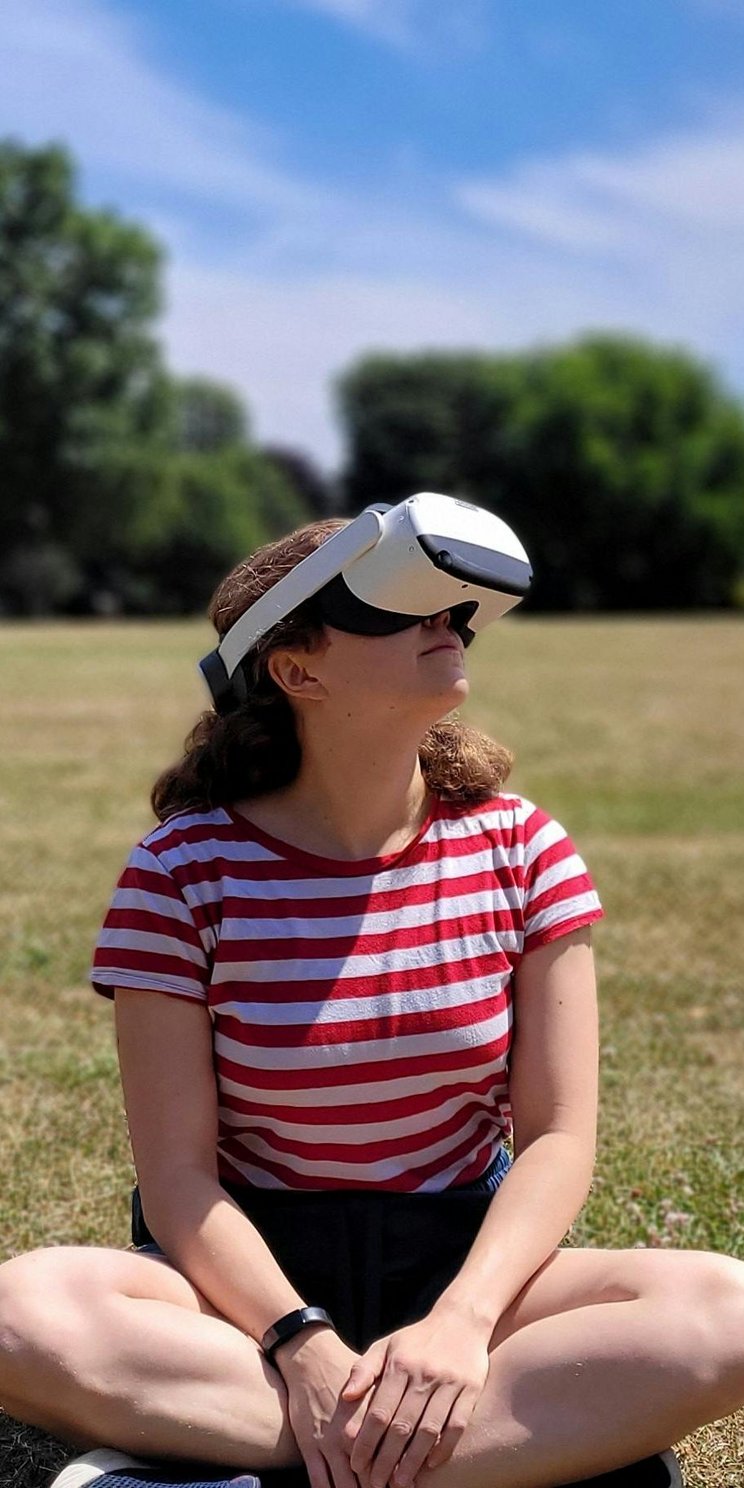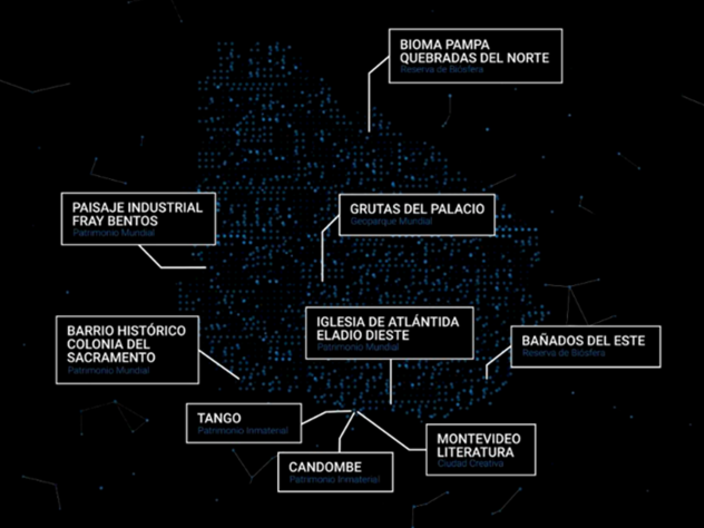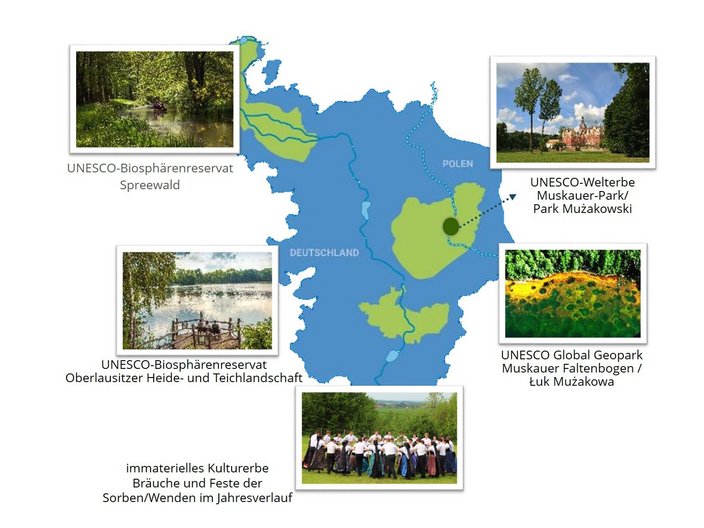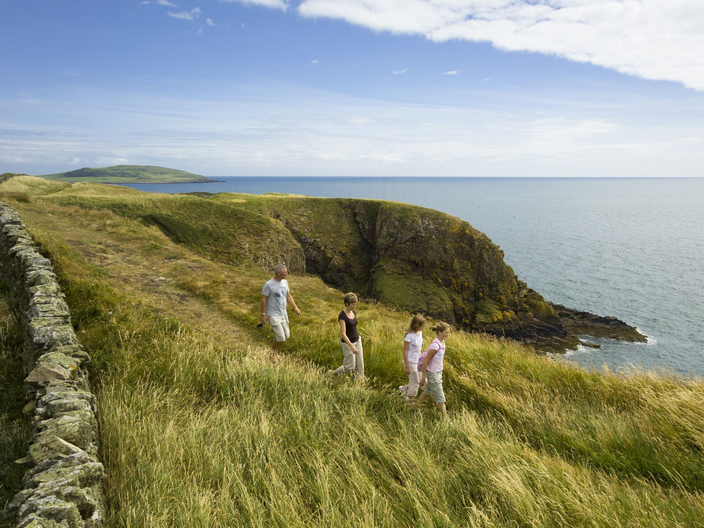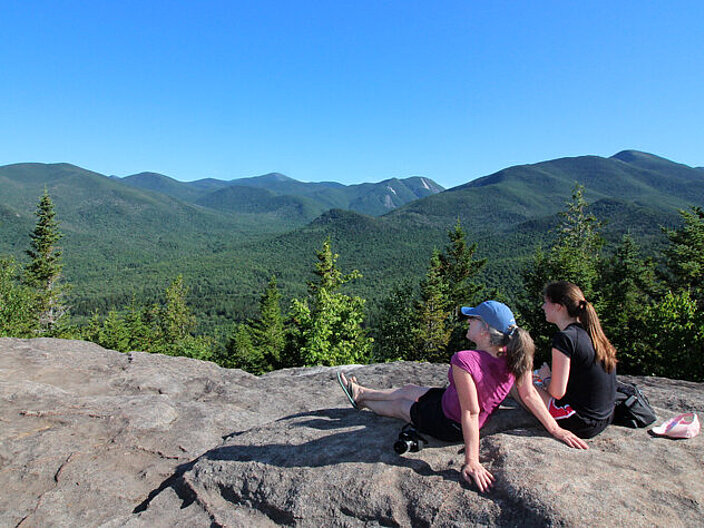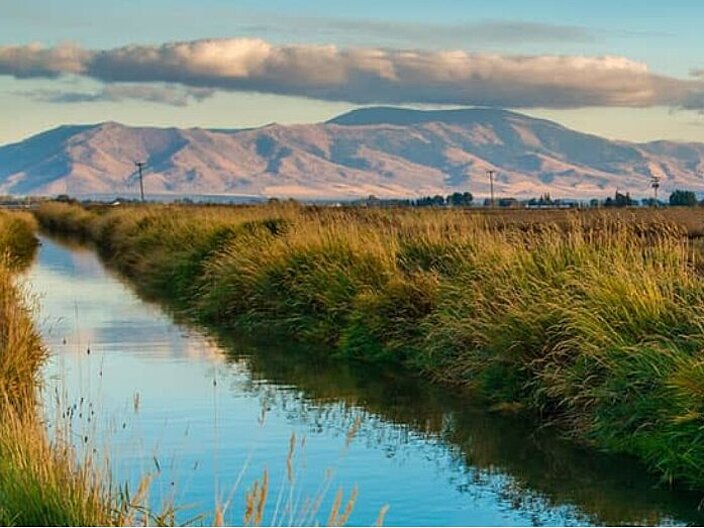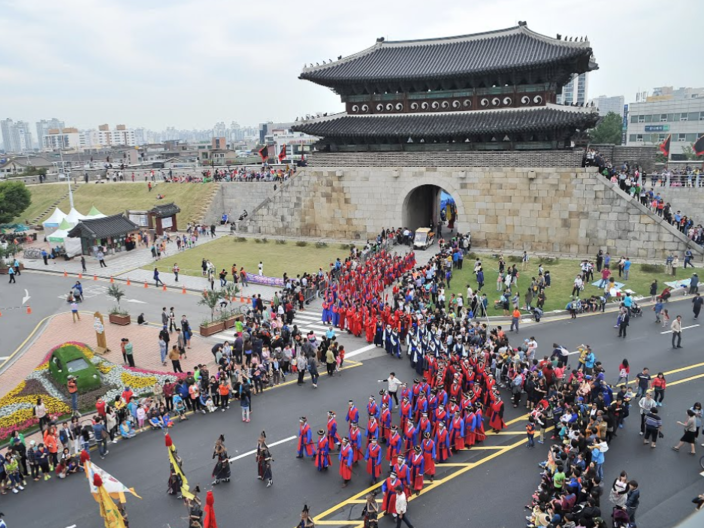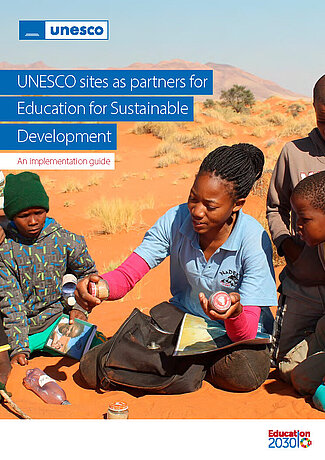In 2024, the German Commission for UNESCO invited all UNESCO Designated Sites (World Heritage Sites, Biosphere Reserves and Geoparks) in Germany, the Republic of Korea, the United Kingdom (UK) and Uruguay, as well as all Biosphere Reserves in the USA, to submit project ideas for the development of high-quality educational materials and offers for and at their sites. From the project ideas submitted from each country, five project proposals from UNESCO Designated Sites, one from each country, were selected by an expert jury to receive funding of up to 22,000 Euro.
The specific objective of the funding is to strengthen the foundations of the outreach and education work at UNESCO Designated Sites. They should increase their focus on the United Nations 2030 Agenda and its local impact, innovation and/or digitisation in their educational offerings. To this end, the selected UNESCO Designated Sites will be financially supported in developing applications to attract significant third-party funding. This funding is made possible by a donation from the Fritz Henkel Foundation.
Our project partners
1. Rutas UNESCO Uruguay: A consortium of nine partners (from UNESCO World Heritage Sites, Biosphere Reserves, Geoparks, Creative Cities and Intangible Cultural Heritage) in Uruguay are working together to fundamentally improve the visitor experience at Uruguay's UNESCO Designated Sites. To this end, the sites, together with the Technical University of Uruguay (UTEC), are developing a training and certification course in digitalization, visitor behavior and experience, sustainability and innovation. The course is aimed at all UNESCO site staff involved in visitor services and, for example, quality and sustainability management at the sites.
The jointly developed certification course is designed to teach digital skills and the use of technical tools, the collection of data on visitors and the quality of the experience, as well as targeted methods for solving problems in the visitor experience. It also teaches the use of innovation tools to develop pilots and prototypes. In this way, participants develop innovative prototypes for their sites and then implement them at individual UNESCO Designated Sites. This will enable them to go beyond the preservation of natural and cultural heritage to ensure that tourism makes a positive contribution to the environment and the community. The new course also strengthens the networking of all UNESCO Designations in Uruguay as a community of practice. A total of 30 representatives from the nine UNESCO Designations will participate in the course.
Zu der Website der Rutas UNESCO UruguayExternal link:
2. Consortium of the Lusatian UNESCO Designated Sites: As part of the project, the Lusatian UNESCO Designated Sites are working together with the Brandenburg Technical University in Cottbus-Senftenberg (BTU). The two biosphere reserves Spreewald and Oberlausitzer Heide- und Teichlandschaft, the World Heritage Site Muskauer Park and the Muskauer Faltenbogen Geopark are involved. The Sorbian Intangible Cultural Heritage is also a partner, as is the BTU's German-Romanian social work program, which trains teachers and social workers.
The project improves the educational communication of the Lusatian UNESCO Designated Sites for multipliers and students. Long-term educational programs about and for the Lusatian UNESCO Designated Sites will be developed together with teacher training students. These programs will deal with current and future challenges and global issues on a local level.
Several work packages are involved: The UNESCO Designated Sites in the Lausitz will develop worksheets on their sites, which will be made available digitally and free of charge to partner organizations and schools in the region via a learning platform to be developed in parallel. This will be accompanied and supported by networking and information meetings with interested BTU students and stakeholders in the field of cultural education. At these meetings, students will get to know the UNESCO Designated Sites, define possible target groups and develop project proposals on how to use the sites as extracurricular learning centers. The cultural education stakeholders can discuss theoretical and practical issues and develop ideas. These educational activities will then be made available on the sites' platform. In addition, the development of a simulation game for different target groups will be prepared in cooperation with the students over two semesters in order to make the sites tangible for the students.
Zu der Website der UNESCO 5 in der LausitzExternal link:
3. Galloway & Southern Ayrshire Biosphere Reserve in the UK: The UNESCO Galloway and Southern Ayrshire Biosphere Reserve in Scotland aims to develop new and accessible forms of learning for and with young people with additional support needs (ASN). The educational materials to be developed will promote and visualize skills and knowledge about sustainability and climate change. The aim is to enable accessible Education for Sustainable Development (ESD) that empowers more people to understand, participate and act for sustainability, taking into account the special needs of young people with ASN.
The first step is to analyze how young people with ASN experience environmental issues in general and how they react on an emotional level, for example to climate change. In collaboration with the social enterprise The Usual Place (TUP) in Dumfries, which is located on the edge of the Biosphere Reserve and works with young people with ASN, interview questions on understanding and dealing with climate change will be developed and TUP trainees and staff will be interviewed. At the same time, appropriate educational methods and materials that have been successfully used elsewhere will be researched. The results of the research will be documented in a final report, which will also be made available in plain language. This will be a step towards the inclusion of marginalized groups in the public debate on climate change and sustainability that can be replicated and developed as an example of good practice.
In the second phase of the project, best practice approaches to ESD and educational materials tailored to the specific needs of people with ASN will be developed. The approaches and materials will then be tested for their broad feasibility in practice.
Zu der Website des Galloway & Southern Ayrshire BiosphärenreservatsExternal link:
4. US Biosphere Network (USBN) in co-operation with 3 UNESCO Biosphere Reserves: Guanica Forest, Southern Appalachian and Champlain-Adirondack: The project in the USA focuses on the interaction between health and nature with a focus on healthy food, healthy people and a healthy environment. Food is to be grown more sustainably and this is to be linked to environmental and nutritional education. Three UNESCO Biosphere Reserves in three different regions of the USA are working together with local farms, community organisations and schools. In the Biosphere Reserves Guanica Forest on Puerto Rico, Southern Appalachian in the Southern States and Champlain-Adirondack in New England, sustainable farms were identified through community surveys, some of which were already cooperating with local schools and civic organisations.
In partnership with all these stakeholders, experiential learning programs will be developed that focus on sustainable agriculture and healthy eating, as well as the rich local food traditions. In a joint meeting, all partners from the three biosphere reserves will present the special culinary heritage and local eating habits - this will allow them to reach out to the respective communities and municipalities and, above all, to bring together agricultural, sustainability and educational initiatives. In a second step, a simulation game will be used to design sustainable food production and distribution systems from farm to fork. Distance learning programs with interactive technologies for school classes are also planned, focusing on the cultural and traditional aspects of local food.
Zu der Website des US Biosphären Networks (USBN) External link:
5. Hwaseong Fortress World Heritage Site in the Republic of Korea: For this project, Hwaseong Fortress is working with the local community to uncover hidden stories about the 1795 "Royal Procession," a key event during the fortress' construction. Newly developed experiential programs are designed to bring visitors and local residents closer to the history and culture of the region in an entertaining way. The intangible cultural values associated with and embodied in the fortress (expressed in the principle of the "reign of peace") will be reaffirmed and disseminated.
These educational programs will be developed in collaboration with the local community, including an elementary school, a senior center, and young adults. The local people will be able to plan and carry out hands-on programs and offer them to tourists in the future. To this end, the project prepares historical facts, including the former way of life and the process of rebuilding a complex of buildings in the Haenggung World Heritage Site. To this end, the historical documents known as "Uigwe" were researched and translated into a basic script for visitor programs with a film director. For example, historically authentic tea ceremonies will be staged with seasonal dishes prepared in the fortress kitchen and local actors. Restoration work is also being carried out with local crafts and art.

Background of the project
UNESCO Designated Sites (World Heritage Sites, Biosphere Reserves, Geoparks) are the crown jewels of our planet. They not only serve to protect valuable culture and nature and promote sustainable local development, but are also ideal places to communicate the values and goals of the United Nations to the general public. UNESCO Designated Sites enjoy a high level of political attention and offer a wide range of learning opportunities through guided tours, courses, exhibitions and educational programs. UNESCO Designated Sites can further enhance their potential to communicate global challenges (such as climate change), sustainable development and social sustainability - as enshrined in the United Nations 2030 Agenda - through the development and use of innovative educational programs and future skills.
To date, learning opportunities have mainly been based on traditional formats (text, images and video). For learning opportunities that use new interactive formats and/or technologies (such as quizzes, simulation games, workshops, videos, virtual reality, artificial intelligence, blockchain, remote sensing, etc.), UNESCO Designated Sites usually lack the resources, time or expertise to submit the corresponding funding applications.
The funding provided by the Fritz Henkel Foundation to the German Commission for UNESCO is intended to remedy this situation. With the financial support, the funded sites could, for example, "buy in" the relevant expertise or resources for the application. In this way, the project aims to support one UNESCO Designated Site (or association) in each of the five countries in overcoming significant hurdles in the development of new, cost-intensive educational offerings (e.g. for the site's visitor center).
